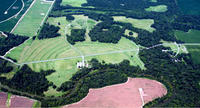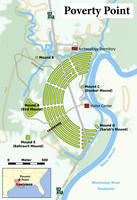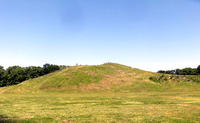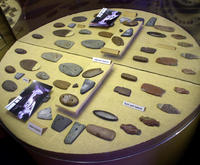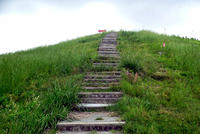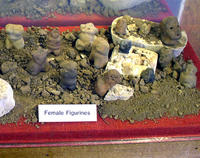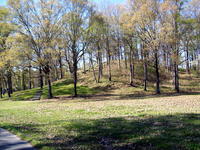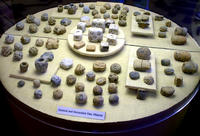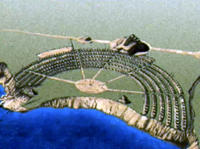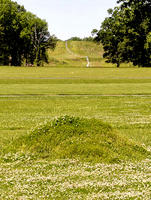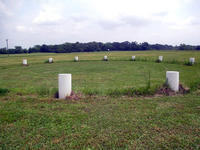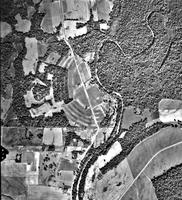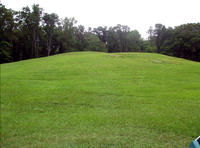You are in: North America -> United States of America -> Monumental Earthwork... , and traditional search or Image Gallery will yield results of this site only
Monumental Earthworks of Poverty Point
| Site number: | 1435 |
|
| Type of site: | Cultural | |
| Date: | 19th century | |
| Date of Inscription: | 2014 | |
| Location: | North American, USA, Lower Mississippi Valley | |
Up to 75 images are shown here. Click on each for more details or on Image Gallery for more images.
| Description: | Monumental Earthworks of Poverty Point owes its name to a 19th-century plantation close to the site, which is in the Lower Mississippi Valley on a slightly elevated and narrow landform. The complex comprises five mounds, six concentric semi-elliptical ridges separated by shallow depressions and a central plaza. It was created and used for residential and ceremonial purposes by a society of hunter fisher-gatherers between 3700 and 3100 BP. Research has not yet clarified whether the complex had a steady residential function or was a campground occupied temporarily during ceremonies or trading fairs. It is a remarkable achievement in earthen construction in North America that was unsurpassed for at least 2,000 years. --From the description at WHC Site, where additional information is available. | |
| Poverty Point (French: Pointe de Pauvreté) (16 WC 5) is a prehistoric earthworks of the Poverty Point culture, now a historic monument and World Heritage Site[2] located in the Southern United States. It is 15.5 miles (24.9 km) from the current Mississippi River,[3] and situated on the edge of Maçon Ridge, near the village of Epps in West Carroll Parish in northeastern Louisiana. Poverty Point comprises several earthworks and mounds built between 1650 and 700 BCE, during the Archaic period in the Americas by a group of Native Americans of the Poverty Point culture. The culture extended 100 miles (160 km) across the Mississippi Delta. The original purposes of Poverty Point have not been determined by archaeologists, although they have proposed various possibilities including that it was: a settlement, a trading center, and/or a ceremonial religious complex. The 910-acre (1.42 sq mi; 3.68 km2) site, which has been described as "the largest and most complex Late Archaic earthwork occupation and ceremonial site yet found in North America"[4] is a registered National Monument. The monument was brought to the attention of archaeologists in the early 20th century, when it was given the name of Poverty Point after a nearby plantation. Since then, various excavations have taken place at the site. Scholars have advanced various theories regarding the purpose of the mound site, including religious and ceremonial. Other writers have proposed pseudo-archaeological and New Age associations. The complex attracts many tourists as a destination. --Wikipedia. Text is available under the Creative Commons Attribution-ShareAlike License. | ||
| Source: | http://whc.unesco.org/en/list/1435 | |
| Source2: | Wikipedia (http://wikipedia.com) | |
| Reference: | 1. UNESCO World Heritage Center (http://whc.unesco.org/en/list/1435). 2. Wikipedia. | |


